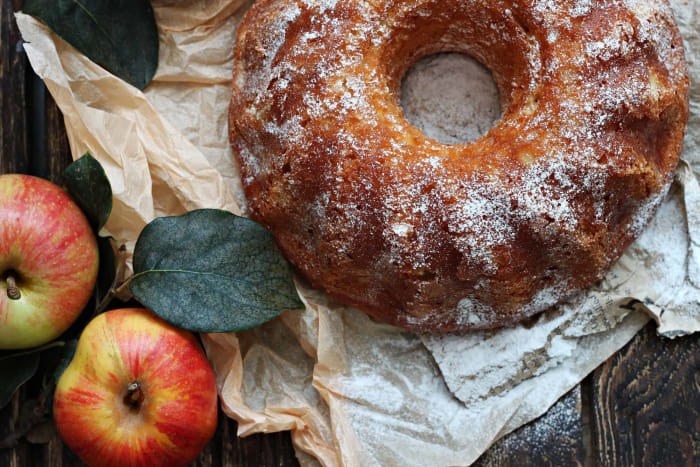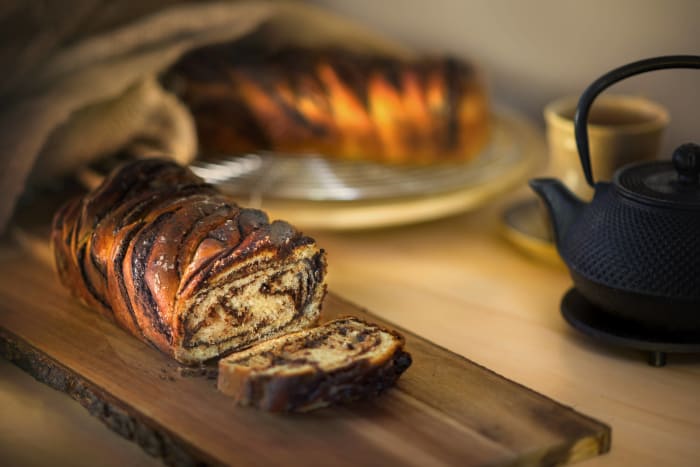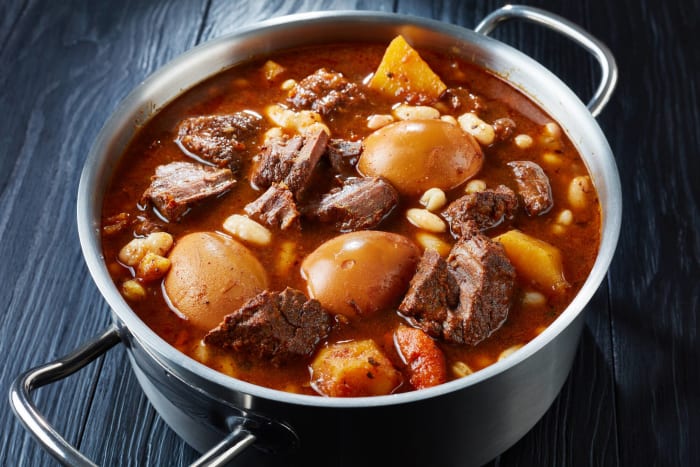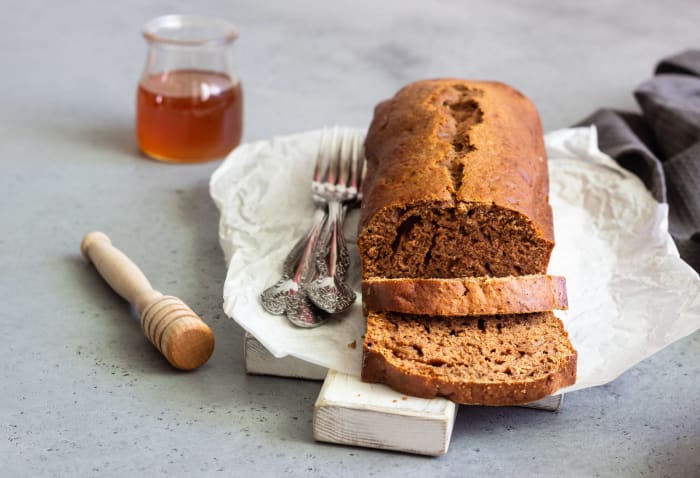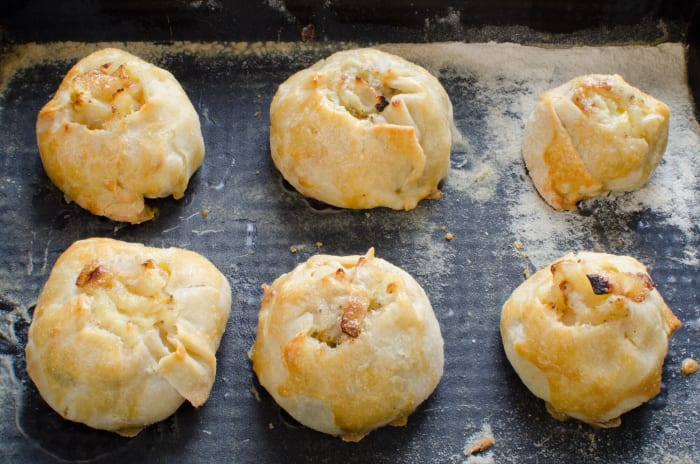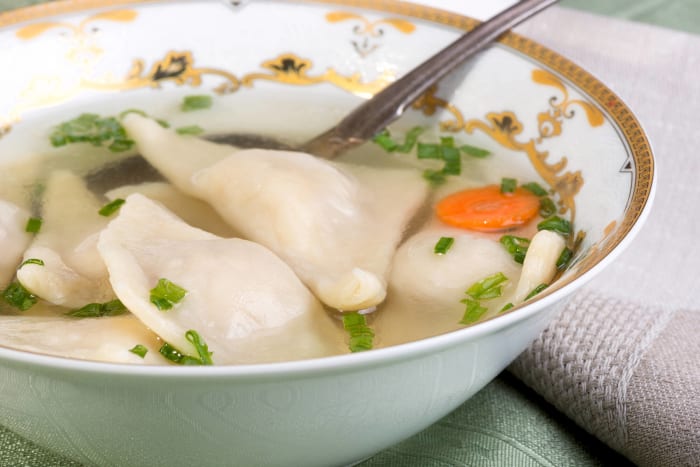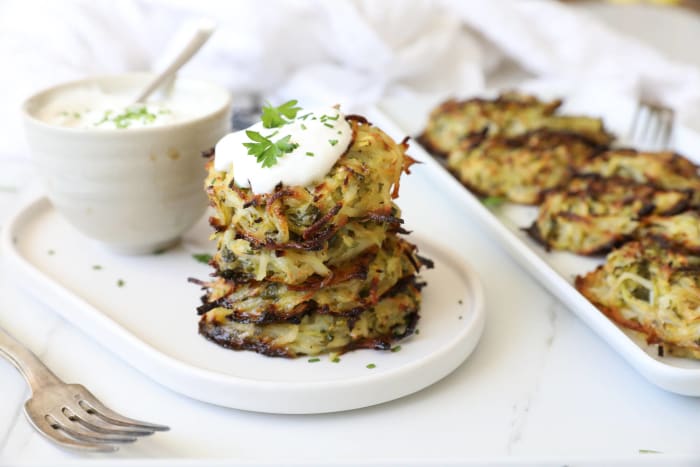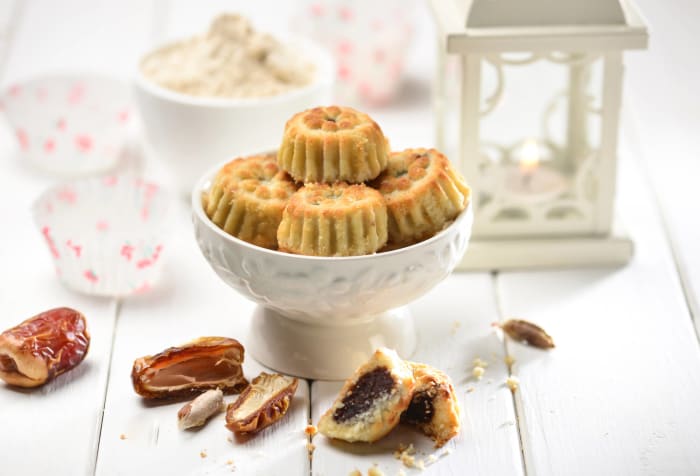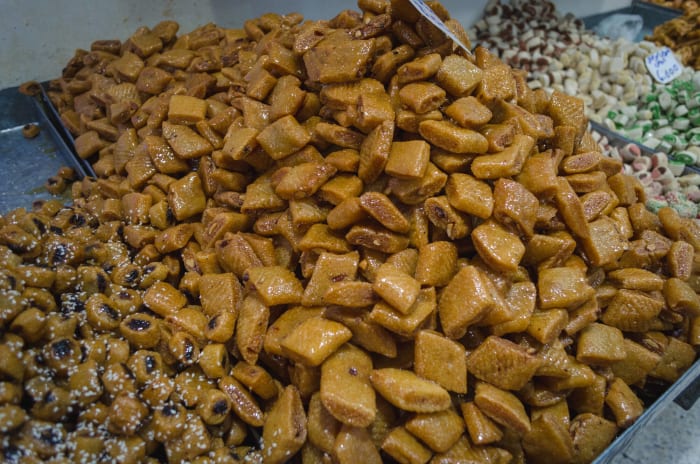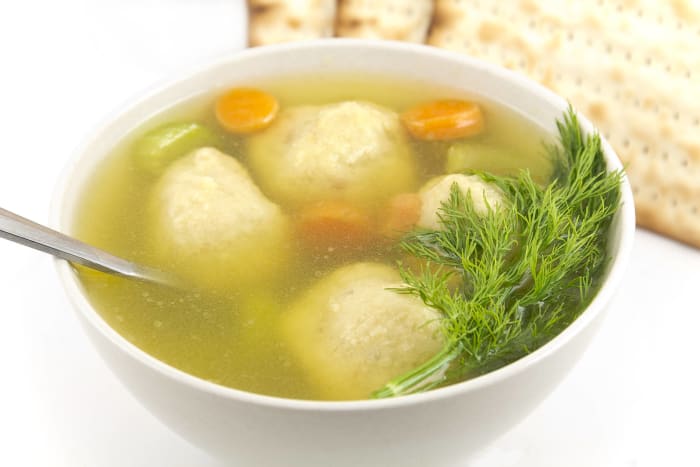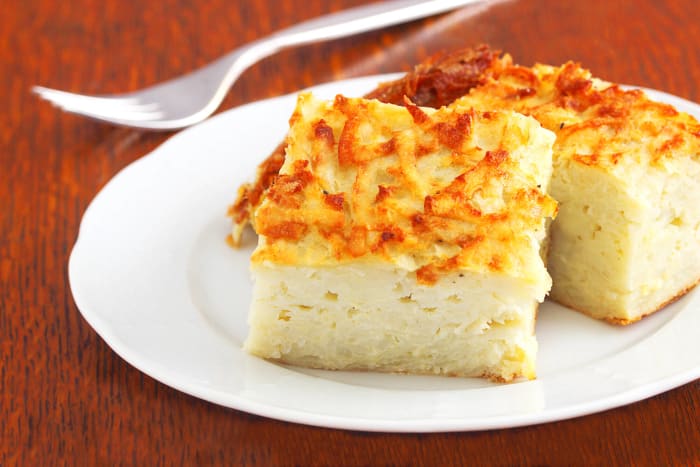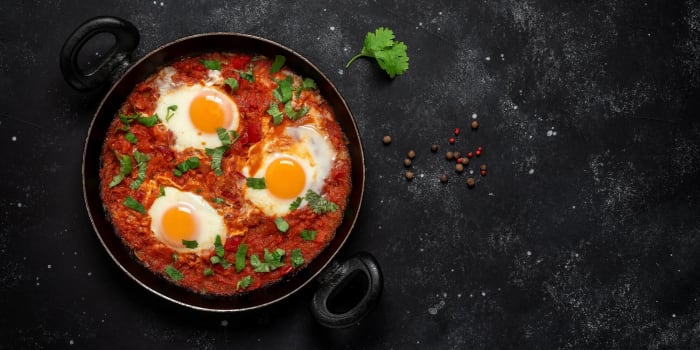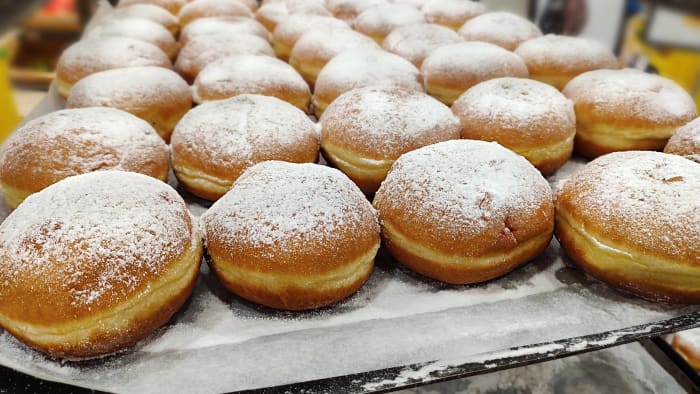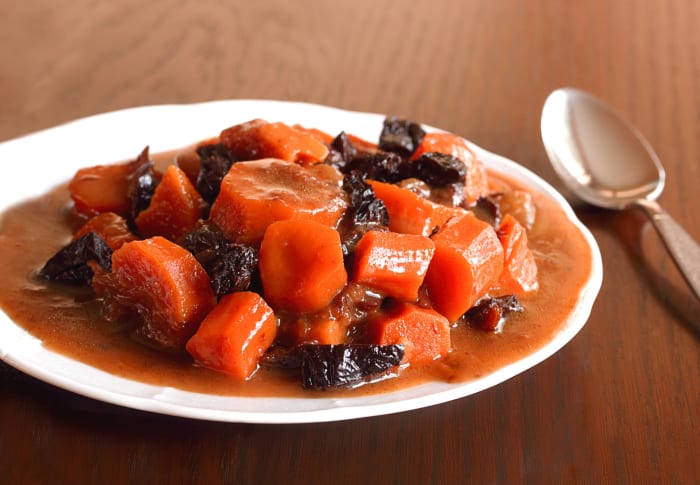You might be familiar with eating apples dipped in honey during Rosh Hashanah or chocolate coins during Hanukkah, but those are just the simple or store-bought options. For tips on how to make more complex Rosh Hashanah and Hanukkah meals, snacks, and desserts — as well as ones associated with other Jewish holidays like Passover and Purim — check out these 22 recipes.
Viktoria Hodos / Shutterstock.com
JDzacovsky / Shutterstock.com
Babka is no ordinary cake or bread — it has a croissant's delicate, irresistible, melt-in-your-mouth consistency, but with some extra flavor. Babka comes in varieties like cinnamon, apple, and cheese, but Seinfeld nailed it: Everything else is a lesser babka than chocolate babka. Preppy Kitchen can help you with the prep.
Stepanek Photography / Shutterstock.com
Filled with cheese (and sometimes raisins), blintzes are traditionally associated with the Shavuot holiday, but we’ll eat them anytime, especially for breakfast. OMG! Yummy has the recipe and additional recipes for jam and fruit compote to put on top of your blintzes.
lisa-skvo / Shutterstock.com
Popular in Sephardic Jewish cuisine, bourekas (or “burekas”) are light, flaky pastries with various fillings, from cheese to meat to potato. These triangular treats can be made at home with the help of this Tori Avey recipe.
Cabeca de Marmore / Shutterstock.com
Brisket is bountiful during Passover and other Jewish holidays, so of course, we had to include a recipe for this braised beef. Feed Me Phoebe has a recipe that requires only beef stock, garlic, onions, ketchup, sugar, and a handful of spices — and a five-pound brisket.
Damian Lugowski / Shutterstock.com
Challah is a safe option for any holiday — or any Saturday — and you don’t need to go down to the local bakery to get a loaf. Instead, use this recipe from Once Upon a Chef, which makes a huge 16-inch loaf. Don’t worry; they also have suggestions for what to do with your leftover challah.
from my point of view / Shutterstock.com
Cholent is a traditional Jewish stew containing meat, potatoes, barley, beans, and often eggs. What’s not so traditional (although it’s definitely popular) is making it in a slow cooker. Of course, our slow cooker is our best friend, so here’s a crock pot cholent recipe from Slow Cooker Queen.
Boris-B / Shutterstock.com
Hamantash (“Haman pockets” in Yiddish or “Haman’s ears” in Hebrew) are triangular pastries most often filled with mohn (poppy seed paste) and served during Purim. But don’t limit yourself to the most popular filling; this recipe from Tori Avey will teach you how to make mohn, caramel apple, prune, apricot, Nutella, chocolate chip cream cheese fillings, and the pastry itself.
Maslova Valentina / Shutterstock.com
Honey cake is a staple of Rosh Hashanah, but don’t be intimidated if you’ve never made it. As All Ways Delicious will explain, the process is simple and reminds us of making banana bread. The best part is you probably already have all the ingredients in your kitchen.
Elzbieta Sekowska / Shutterstock.com
A good knish is a big deal to many folks, especially in the New York City area. These flaky little dough pockets are delicious anytime, whether baked or fried, and with nearly any filling. The Jewish Kitchen can show you how to bake them stuffed with your choice of beef, sauerkraut, or potato.
11 of 22
Kosher dill pickles
Matt Hudson / Shutterstock.com
Not all kosher dill pickles are actually kosher; they are prepared in the style of Jewish delis, loaded with garlic and dill. The best pickles are the ones you make at home, so try this recipe from Lana’s Cooking.
Leonid S. Shtandel / Shutterstock.com
A from-scratch soup with from-scratch dumplings may sound like a tall task, but Tori Avey can help you make this dumpling dream a reality. You’ll need chicken, celery, and carrots, but the dough comes together with just eggs, corn oil, flour, and salt.
rontav / Shutterstock.com
More than 4,000 readers unanimously agree that this “best-ever” latke recipe from Food & Wine is worth five stars. You’ll need 10 ingredients and an hour to make these tasty potato pancakes, but they are worth the work for any occasion.
JOAT / Shutterstock.com
Ma'amoul is something the three major religions have in common. Christians eat them at Easter, Muslims enjoy them around Eid, and Jews prepare them for Purim. You can make these fig- or date-stuffed butter cookies yourself with this recipe from An Edible Mosaic.
Michal Hlavica / Shutterstock.com
Here’s another one that Muslims and Jews have in common: makroudh! These delectable diamond-shaped cookies are served during Eid and Rosh Hashanah, can be filled with almond paste or dates, and are dipped in a honey syrup with hints of lemon or orange. Make it at home with this recipe from 196 Flavors.
16 of 22
Matzah ball soup
Ezume Images / Shutterstock.com
Matzah ball soup is comforting year-round, so you never need an excuse to make a batch. (But Passover is a pretty good one.) You also can’t use the excuse of not knowing how to make it because this recipe from Dinner at the Zoo makes the process so simple.
Oleksandra Naumenko / Shutterstock.com
Noodles and custard? This traditional Jewish dish pulls it off, as it’s sort of like bread pudding but with wide egg noodles instead of bread. It can be served as a breakfast, a dessert, or anything in between, and Food Network can show you how it’s done.
Margoe Edwards / Shutterstock.com
Despite the similar name, potato kugel is a bit different from noodle kugel. They’re both casserole-type dishes, but potato kugel includes potatoes, potato starch, onions, and olive oil. The only ingredient the noodle kugel recipe and this potato kugel recipe from Tori Avey have in common is eggs!
Michal and Yossi Rotem / Shutterstock.com
If you have a Shabbat sweet tooth, here’s another recipe to satiate you. Rugelach is similar to the French pain au chocolat, as it’s essentially a chocolate-filled croissant. The difference is that Rugelach are smaller, and the dough is rolled around the filling, which can consist of cinnamon, vanilla, and fruit jam, to name just a few other options. These beauties from Sally’s Baking Addiction are filled with a mix of cinnamon, raisin, walnuts, and brown sugar.
Yulia Gust / Shutterstock.com
Shakshuka is a North African dish but has also had its share of popularity in Jewish culture, especially over the last few decades. This dish with a name that translates as “a mixture” or “all mixed up” is basically eggs in tomato sauce cooked in a pan, but My Jewish Learning can give you all of the delicious details.
Shabtay / Shutterstock.com
Although they have a complicated name, Sufganiyot are simply jelly donuts sprinkled with powdered sugar. Alternatively, as this recipe from Once Upon a Chef explains, a Sufganiyah could be filled with chocolate pudding, custard, Nutella, pumpkin butter, apple butter, or dulce de leche.
Margoe Edwards / Shutterstock.com
A side dish traditionally served during Rosh Hashanah, Tzimmes consists of carrots, root vegetables, dried fruit, and honey. This recipe from Dinner at the Zoo calls for sweet potatoes, dried prunes, and dried apricots to accompany the carrots, as well as honey, orange juice, water, butter, brown sugar, and cinnamon.

 +
+
